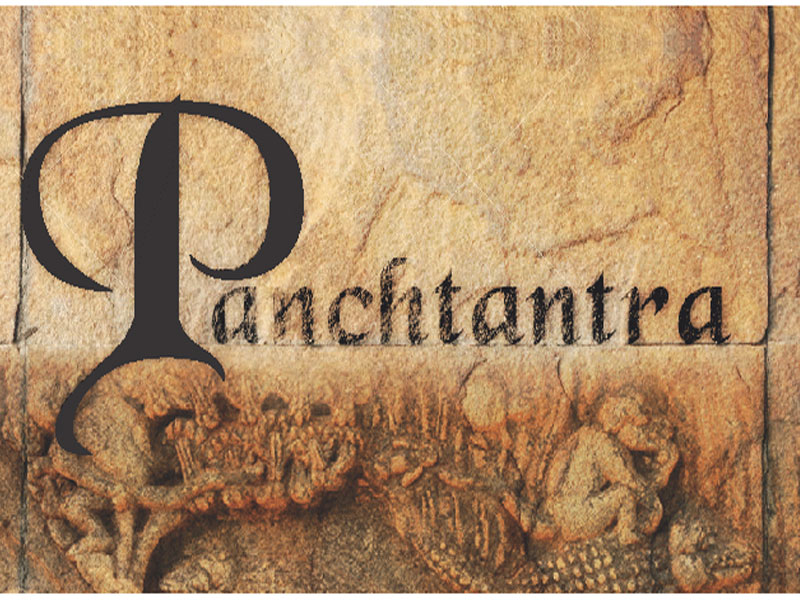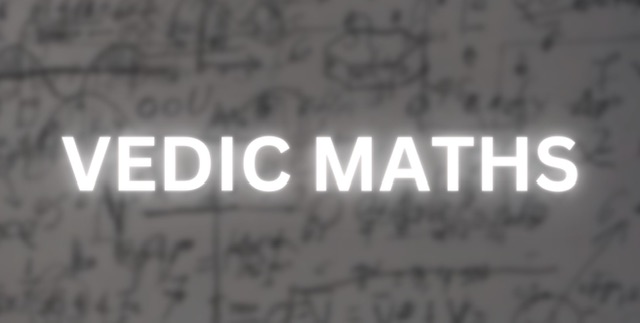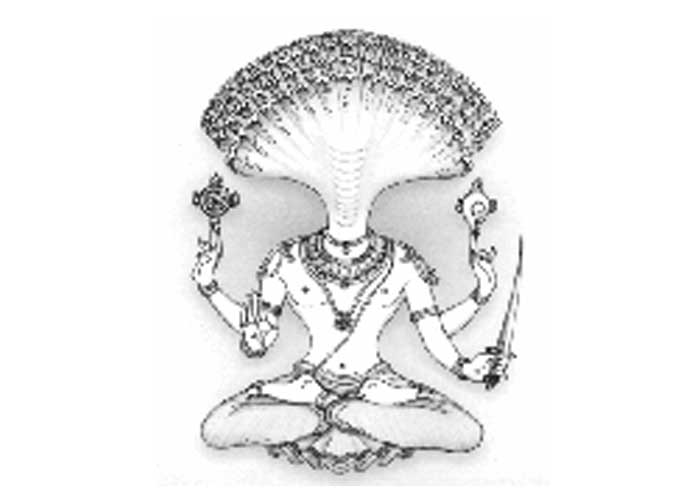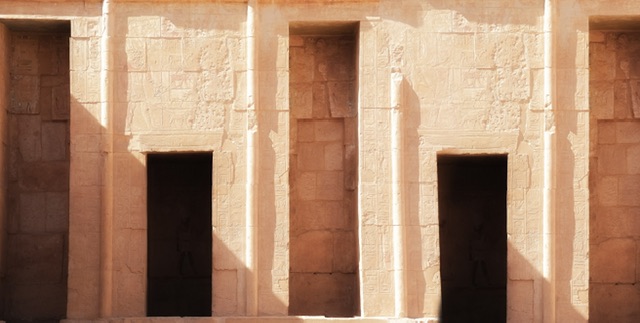A Guru’s capacity is unlimited for a shishya. From excelling in life to accessing the dimensions that lie beyond, there is nothing impossible for the one who is blessed by Guru sanidhya. At Dhyan Ashram, we come across such cases routinely, with students of Yogi Ashwini reporting what a layman calls ‘miracles’ (and which a sadhak understands as Guru kripa), with people who would stammer, now giving discourses to a thousand-strong audience, those who were beaten up by school bullies now protecting animals from a mob of armed goons single-handedly, some who would shy away from looking at themselves in the mirror soon getting offers for roles in movies, and yet others’ experiencing inexplicable vertical growth in their careers. Such is the force of the Guru and has been since time immemorial. The first sign of such a Guru is, that he does not charge a fee.
Panchatantra is a blessing of one such Guru that transformed complete dullards into Masters of Politics and Administration.
Around 2500 years ago, there lived a king called Sudershan, who ruled from the capital city of Mahilaropya (India). The king had three sons – Bahushakti, Ugrashakti and Anantshakti. With all his wealth, knowledge and power, the king could not train his sons into various arts and sciences. The sons were just not able to grasp. Troubled, the king sought advice of his council of ministers. Among the ministers was Sumati, who informed the king of a wise and learned sage Vishnu Sharma, and suggested he be approached to teach the three princes.
Vishnu Sharma was summoned to the court of King Sudershan. The king offered him land grants and gold on the condition he train his sons and make them able. Vishnu Sharma politely refused the gifts, saying he could not sell gyan for money. He however took upon the task of teaching the princes, and asked for a time-period of six months to accomplish the task. And so began the training of the princes.
A Guru assessing the capacity of the shishya pours the gyan, drop by drop, only as much as can be absorbed by the shishya and gradually increases the capacity of the shishya. Vishnu Sharma knew the princes could not be taught through conventional means and so crafted the knowledge of diplomacy, relationships, politics and administration to the princes into tales of animals which the princes could easily connect with. This was the Panchtantra – the five discourses, namely, Loss of Friends (mitra bheda), Gaining Friends (mitra labha), Of Crows and Owls (kaakolikeeyam), Loss of Gains (labdhapranaasam) and Imprudence (apareekṣhitakaarakaṃ).
Six months hence, the princes were masters of administration and ruled their kingdom with due diligence. The Panchatantra today is the most frequently translated literary product of India and these stories are among the most widely known in the world. According to Edgerton (1924), there are over two hundred different versions of Panchtantra in more than fifty languages, and three-quarters of these languages are extra-Indian. As early as the eleventh century this work reached Europe, and before 1600 it existed in Greek, Latin, Spanish, Italian, German, English, Old Slavonic, Czech, and perhaps other Slavonic languages.
Panchtantra has at least 25 editions in India, including the Sanskrit Tantrakhyayika and inspired the Hitopadesha. It was translated into Middle Persian in 570 CE by Borzūya, which was further translated into Syriac as Kalilag and Damnag and into Arabic in 750 CE by Persian scholar Abdullah Ibn al-Muqaffa as Kalīlah wa Dimnah. In 12th Century, Rudaki gave a new Persian version called Kalileh o Demneh which became the basis of Kashefi’s 15th century Anvar-i Suhayli. The book in a different form is also known as The Fables of Bidpai or The Morall Philosophie of Doni (English, 1570).
A Guru’s capacity is unlimited for a shishya. From excelling in life to accessing the dimensions that lie beyond, there is nothing impossible for the one who is blessed by Guru sanidhya. At Dhyan Ashram, we come across such cases routinely, with students of Yogi Ashwini reporting what a layman calls ‘miracles’ (and which a sadhak understands as Guru kripa), with people who would stammer, now giving discourses to a thousand-strong audience, those who were beaten up by school bullies now protecting animals from a mob of armed goons single-handedly, some who would shy away from looking at themselves in the mirror soon getting offers for roles in movies, and yet others’ experiencing inexplicable vertical growth in their careers. Such is the force of the Guru and has been since time immemorial. The first sign of such a Guru is, that he does not charge a fee.
Panchatantra is a blessing of one such Guru that transformed complete dullards into Masters of Politics and Administration.
Around 2500 years ago, there lived a king called Sudershan, who ruled from the capital city of Mahilaropya (India). The king had three sons – Bahushakti, Ugrashakti and Anantshakti. With all his wealth, knowledge and power, the king could not train his sons into various arts and sciences. The sons were just not able to grasp. Troubled, the king sought advice of his council of ministers. Among the ministers was Sumati, who informed the king of a wise and learned sage Vishnu Sharma, and suggested he be approached to teach the three princes.
Vishnu Sharma was summoned to the court of King Sudershan. The king offered him land grants and gold on the condition he train his sons and make them able. Vishnu Sharma politely refused the gifts, saying he could not sell gyan for money. He however took upon the task of teaching the princes, and asked for a time-period of six months to accomplish the task. And so began the training of the princes.
A Guru assessing the capacity of the shishya pours the gyan, drop by drop, only as much as can be absorbed by the shishya and gradually increases the capacity of the shishya. Vishnu Sharma knew the princes could not be taught through conventional means and so crafted the knowledge of diplomacy, relationships, politics and administration to the princes into tales of animals which the princes could easily connect with. This was the Panchtantra – the five discourses, namely, Loss of Friends (mitra bheda), Gaining Friends (mitra labha), Of Crows and Owls (kaakolikeeyam), Loss of Gains (labdhapranaasam) and Imprudence (apareekṣhitakaarakaṃ).
Six months hence, the princes were masters of administration and ruled their kingdom with due diligence. The Panchatantra today is the most frequently translated literary product of India and these stories are among the most widely known in the world. According to Edgerton (1924), there are over two hundred different versions of Panchtantra in more than fifty languages, and three-quarters of these languages are extra-Indian. As early as the eleventh century this work reached Europe, and before 1600 it existed in Greek, Latin, Spanish, Italian, German, English, Old Slavonic, Czech, and perhaps other Slavonic languages.
Panchtantra has at least 25 editions in India, including the Sanskrit Tantrakhyayika and inspired the Hitopadesha. It was translated into Middle Persian in 570 CE by Borzūya, which was further translated into Syriac as Kalilag and Damnag and into Arabic in 750 CE by Persian scholar Abdullah Ibn al-Muqaffa as Kalīlah wa Dimnah. In 12th Century, Rudaki gave a new Persian version called Kalileh o Demneh which became the basis of Kashefi’s 15th century Anvar-i Suhayli. The book in a different form is also known as The Fables of Bidpai or The Morall Philosophie of Doni (English, 1570).
Around 570 CE, Borzuy, the physician of Khosru I Anushiravan of Sassanid Dynasty, translated Panchtantra into Middle Persian.
According to the story told in Ferdowsi’s Shah Nama, Borzuy made a trip to India in search of a mountain herb, which when mingled into a compound and sprinkled over a corpse could restore life. He did not find the herb but he found a sage who told him, herb is the scientist and science is the mountain, corpse is the man without knowledge and through knowledge he revives.
The sage pointed to the Panchtantra and Borzuy obtained the king’s permission to read and translatethe book, with the help of some pandits.





